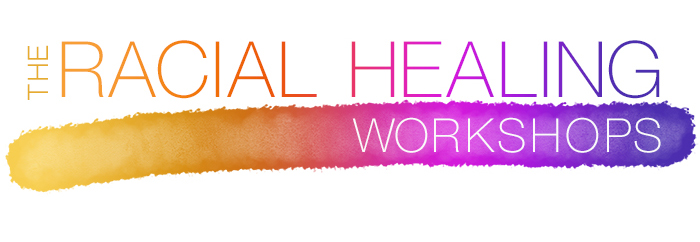Racial Healing Workshops-Communication Guidelines for Workshops
“There is a yearning in the heart for peace. Because of the wounds and rejections we have received in past relationships, we are frightened by the risks. In our fear, we discount the dream of authentic community as merely visionary. But there are rules by which people can come back together, by which the old wounds can be healed. The purpose of Community Building is to teach these rules – to make hope real again – and to make the vision actually manifest in a world which has almost forgotten the glory of what it means to be human.”
– M. Scott Peck MD
Definition of Community
Community is an experience where a group of two or more people who, regardless of the diversity of their background, have been able to accept and transcend their differences, enabling them to communicate and work openly and effectively, while having a sense of unusual safety and extraordinary respect with one another. Community Building Workshops endeavor to create this safe place.
— Based on the work of M. Scott Peck M.D., author of The Road Less Traveled
Guidelines for Communication
We will be using the communication guidelines below throughout the workshops and in our online communication. They are very important to achieving the experience of true community.
1. Display your name and location on the screen. We have participants from multiple countries and states in the US.
2. Be on time for each session. Punctuality is a way of showing respect for yourself and other participants.
3. Say your name before you speak. By saying your name you are taking ownership of your statements, and it helps to get to know each other.
4. Speak personally and specifically, using “I” – statements. We want to hear about your experience, your beliefs, your impressions.
5. Speak when moved to speak; do not speak when not moved to speak. Being moved means something is stirring within you; it does not mean speaking to fill the silence. Be conscious of air time so that everyone who wishes to share has a chance to. We will use the Zoom “Raise Hand” feature, and the facilitator will call on participants to speak in the order in which their hands were raised.
6. Include others and yourself; avoid exclusivity. Excluding others: “I think we are all patriotic Americans here.” Excluding yourself: “I don’t talk politics.”
7. Be emotionally present. Let yourself feel and express your feelings. Learn to name your feelings.
8. Voice displeasure or any dislikes to the entire group. If something is bothering you, it is probably bothering others too. It can help the group move forward to tell the truth about what is going on for you.
9. Commit to “hang in there.” Expect to experience some discomfort, confusion, maybe even anger. The experience is new for most of us. It will be worth it to stick with it.
10. Each person is responsible for the success of the group. Take responsibility; speak the truth.
11. Participation can be verbal or non-verbal. No one is required to share; but stay with the group; don’t check out.
12. Maintain strict confidentiality. This is critical to creating a safe environment. You are welcome to share your own experience, but not that of anyone else.
— Based on the work of M. Scott Peck, MD
